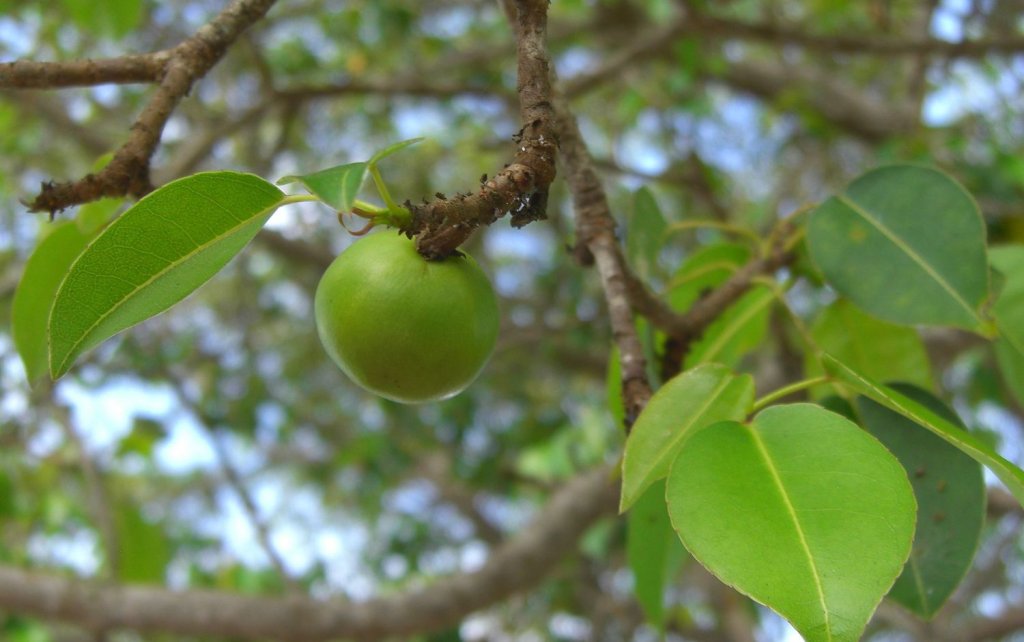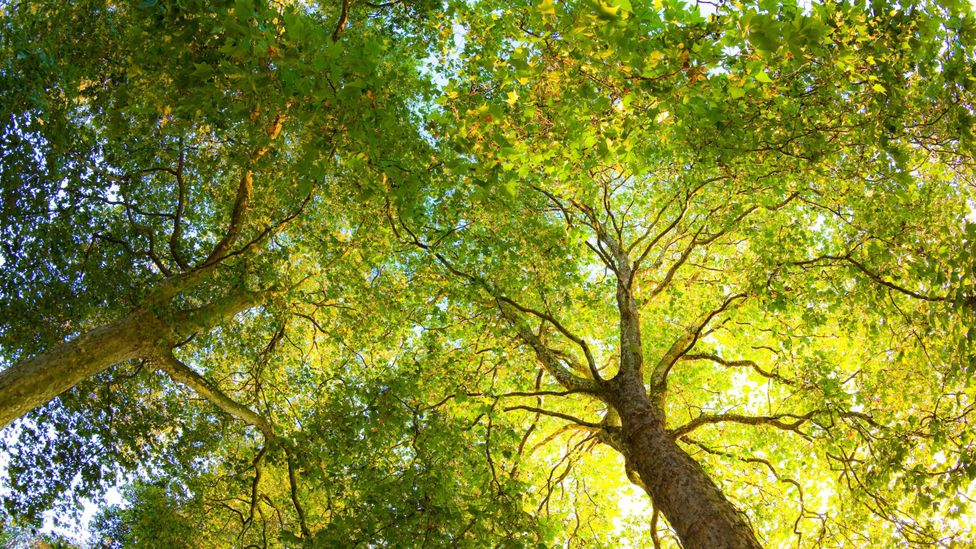There are many trees that people think can never be harmful. But that is not true. Many trees are poisonous, which we will learn about in this article. Trees are important to our planet, providing oxygen and shade, but not all are friendly. Some trees can be hazardous; one in particular stands out for its toxicity.
Understanding the characteristics of locust trees is crucial, given their potential danger. These trees are so poisonous that just a small part of them can cause serious harm. Their unique physical characteristics make them easily identifiable. We’ll find what makes this tree so dangerous, where it’s found, and what you should know when encountering it.
So, if you’re curious about the world’s most poisonous tree and want to stay safe, you should know this plant.
1. Defining Poisonous Trees
Poisonous trees belong to a group of plants that can make and keep harmful substances in different parts like leaves, bark, sap, and fruit. These substances help the tree stay safe from animals that might eat them. But when people or animals eat these trees. They can get sick. Sometimes, the problems are not too bad, like itchy skin or a tummy ache. But if it’s a strong poison, it can make you very sick or even kill you if you eat or touch a lot of it.
Poisonous trees have many kinds of bad stuff in them, like alkaloids and glycosides. Each of these can make you sick in its own way. You could experience skin irritation, swelling, nausea, stomach discomfort, breathing difficulty, or, in severe cases, immobility or cardiac arrest.
2. Historical Cases of Poisonous Trees
Throughout human history, different kinds of trees have become famous for their strong and dangerous abilities. Very old stories talk about scary forests where trees seemed to work against people. These stories have been passed down for a long time, and they make these forests seem scary and interesting at the same time.
When brave explorers went into these mysterious woods, they had dangerous experiences. It seemed like nature itself was against them. The scary stories of people dying in these frightening forests remind us that trees can be dangerous enemies. These stories show how closely connected people and nature are, where beauty and danger often go together.
3. The Manchineel Tree

Among the various poisonous trees, the Manchineel tree Hippomane mantilla holds a unique and perilous position. This tree is native to the coastal areas of the Caribbean and can also be found in certain parts of Central and South America. Despite its ordinary look, the Manchineel tree hides a dangerous and life-threatening quality under its dense leaves.
4. Physical Characteristics

The Manchineel tree, found in tropical coastal areas, can look like an apple or almond tree because of its simple, shiny green leaves and small, apple-like green fruits. However, this ordinary appearance hides a dangerous secret. Its sap has a very harmful substance that can seriously irritate your skin and eyes. That’s why it’s really important to be super careful when you come across this dangerous tree in its natural home.
5. Geographic Distribution
These harmful trees grow naturally along the sandy shores of the Caribbean, thriving in the special conditions of salty coastal areas. You can easily spot them because there are big warning signs strategically placed to keep people away. These signs act as protectors of the shoreline, showing how important it is to stay safe and protect the environment.
6. Toxicity Level
The Manchineel tree is really scary because it has a super toxic substance in every part of it called phorbol. If this touches your skin or eyes, it can give you bad chemical burns and blisters or even make you blind. Breathing in the smoke from burning Manchineel wood is also very dangerous.
7. Symptoms of Poisoning
The Manchineel tree is well-known for being very poisonous. If you tree, it can cause strong and really painful physical problems. Common signs include lots of pain, big swelling, and the creation of painful blisters. In the worst cases, being near the Manchineel tree can even cause deadly results. This reminds us how nature can hide dangerous dangers.
8. Uses and Dangers
The Manchineel tree is very dangerous because it has poisonous sap. This tree is essential in Caribbean culture and history because native people used its deadly sap for hunting and fighting. Nowadays, we need to be aware of the potential harm it can cause, especially for those who don’t know about its dangers.
9. Precautions and Safety Measures
Manchineel trees, also called Hippomane mantilla scientifically, are found in tropical areas of North America, the Caribbean, and some parts of Central America. Even though they look green and nice, they are very dangerous. The problem is that every part of the Manchineel tree has a strong poison called phorbol esters. If this poison touches your skin, it can make it hurt a lot, create blisters, and even make you go blind if it gets in your eyes.
Conclusion
The most poisonous tree in the world is the Manchineel tree. This tree can be very dangerous if you touch it or eat its fruits because it contains a deadly toxin. So, it’s important to avoid it and never try to eat its apples or seek shelter under its branches.
The Manchineel tree is found in tropical regions and is known for its green leaves and small greenish fruits that may look tempting, but they are extremely toxic.
It’s important to be aware of its dangers and avoid any contact with it.

